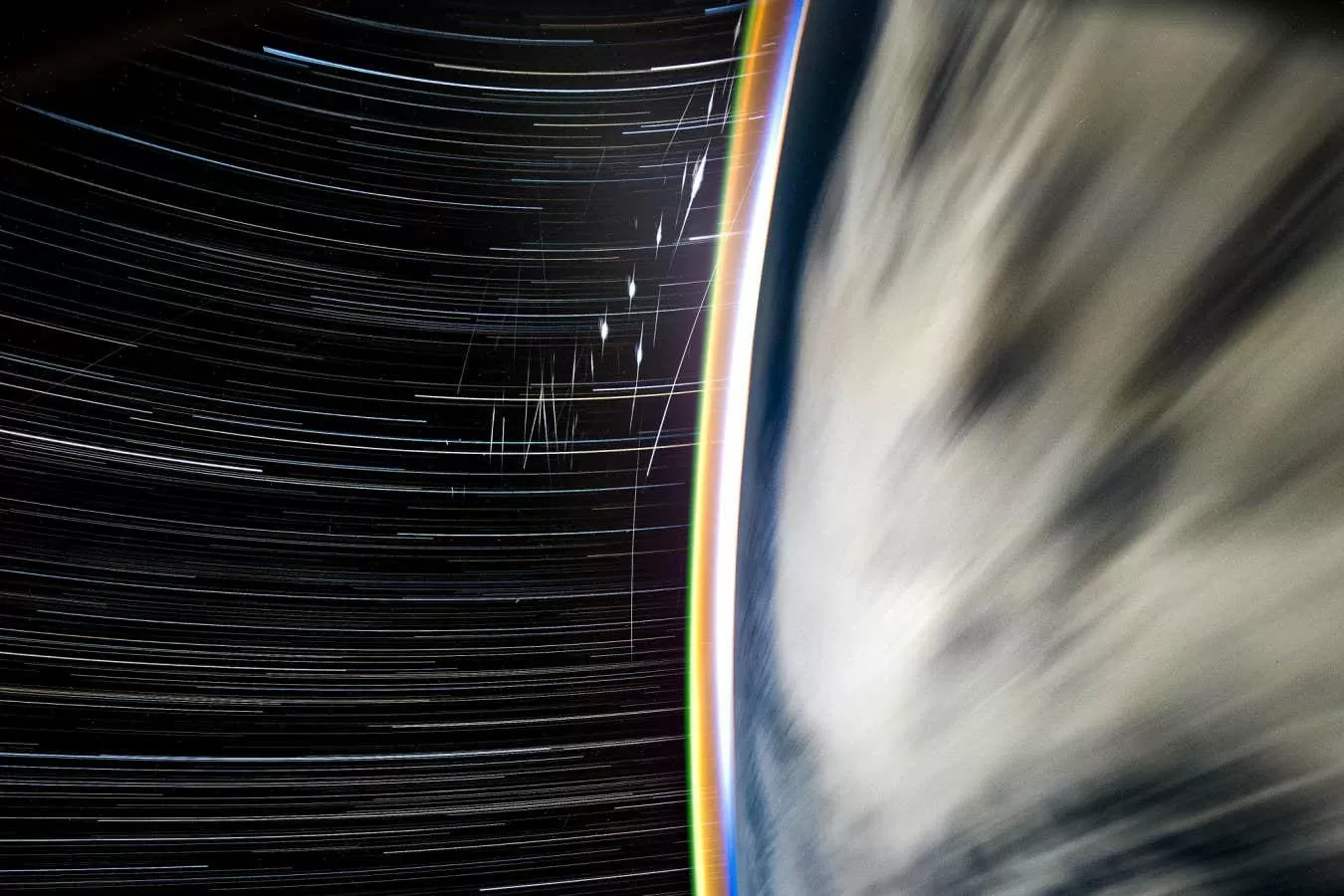The world of technology is constantly evolving and reaching new heights. One of the latest advancements that has been making headlines is the launch of satellite mega constellations, such as SpaceX’s Starlink. These constellations aim to provide high-speed internet access to even the most remote areas of the world. However, with the increasing number of satellites in orbit, there is a growing concern about how solar storms could potentially disrupt these mega constellations.
At present, there are over 10,000 satellites orbiting the Earth, which is the highest number in history. This number is expected to increase significantly in the coming years, as companies like SpaceX, OneWeb, and Amazon plan to launch thousands of additional satellites to create their own mega constellations. These satellites are designed to provide internet connectivity to areas where traditional infrastructure is not feasible or cost-effective.
While the idea of global internet coverage is exciting, it also raises concerns about the potential impact of solar storms on these mega constellations. Solar storms, also known as space weather, are a natural phenomenon that occurs when the sun releases a burst of energy in the form of solar flares and coronal mass ejections (CMEs). These events can cause disruptions in Earth’s magnetic field and can affect satellite communications, GPS systems, and power grids.
The concern is that with a large number of satellites in orbit, the chances of them being affected by solar storms also increase. The satellites in these mega constellations are designed to operate in low Earth orbit, which is closer to the Earth’s surface and more vulnerable to solar storms. In the past, solar storms have caused disruptions in satellite communications, resulting in temporary outages and loss of data.
The potential impact of solar storms on internet mega constellations was recently highlighted when SpaceX’s Starlink satellites experienced a temporary outage due to a solar storm. This outage affected the company’s beta testing program, causing some users to lose connectivity for a short period. While this was a minor disruption, it raised concerns about the potential impact of larger and more frequent solar storms on these mega constellations.
However, it is important to note that companies like SpaceX are aware of these risks and are taking necessary measures to mitigate them. For instance, SpaceX’s Starlink satellites are equipped with sensors that can detect and measure the effects of solar storms. This data is then used to adjust the satellite’s orientation and minimize the impact of the storm. Additionally, the satellites are designed to be resilient and can withstand the effects of solar storms to a certain extent.
Moreover, the growing number of satellites in orbit also means that there is a higher chance of redundancy. In case a satellite is affected by a solar storm, there are other satellites in the constellation that can provide coverage and maintain connectivity. This redundancy ensures that the impact of solar storms on internet mega constellations is minimized, and users can continue to enjoy uninterrupted internet access.
Furthermore, advancements in technology are also helping to mitigate the impact of solar storms on satellite communications. For instance, companies are developing more robust and efficient communication systems that can withstand the effects of solar storms. Additionally, there are ongoing efforts to improve space weather forecasting, which can help satellite operators prepare for and mitigate the impact of solar storms.
In conclusion, the growing number of satellites in orbit, especially in the form of internet mega constellations, has raised concerns about the potential impact of solar storms. However, companies like SpaceX are taking necessary measures to mitigate these risks and ensure uninterrupted internet access for users. With advancements in technology and space weather forecasting, the impact of solar storms on satellite communications can be minimized. The future of global internet connectivity looks bright, and we can expect to see more advancements in this field in the coming years.

